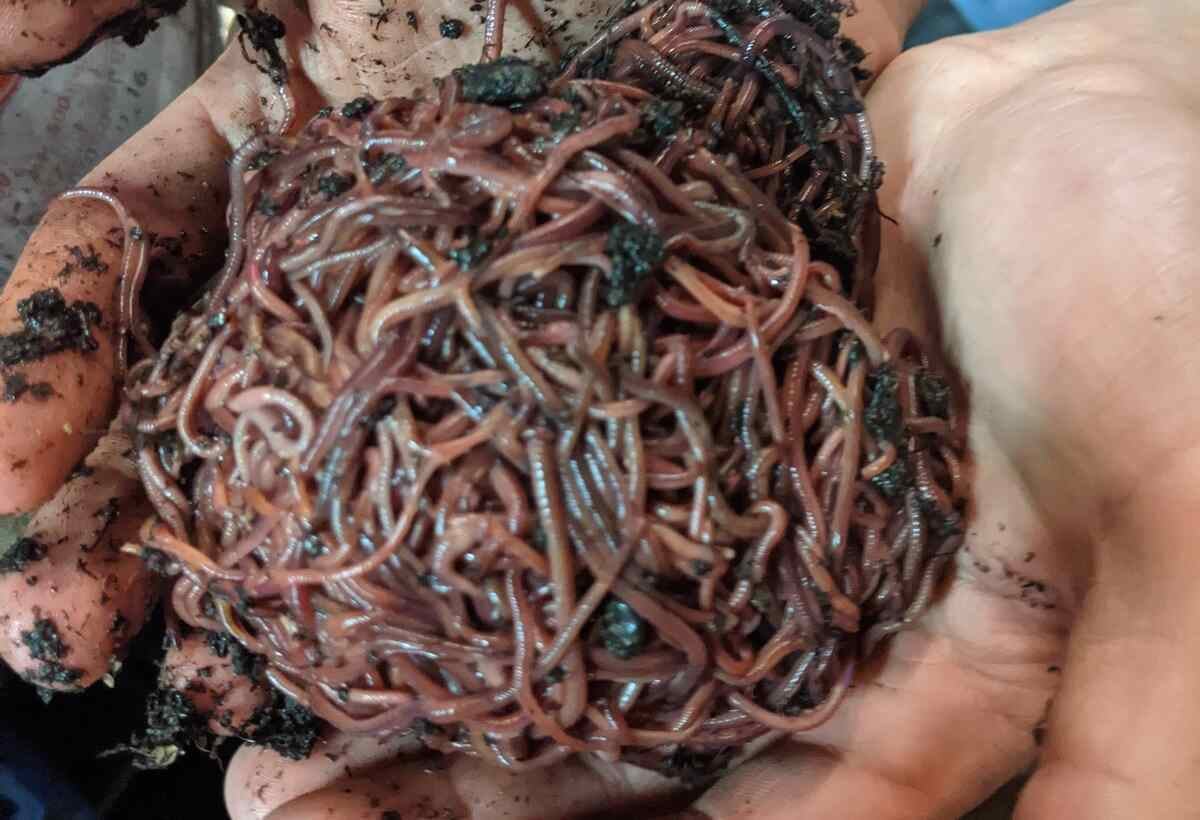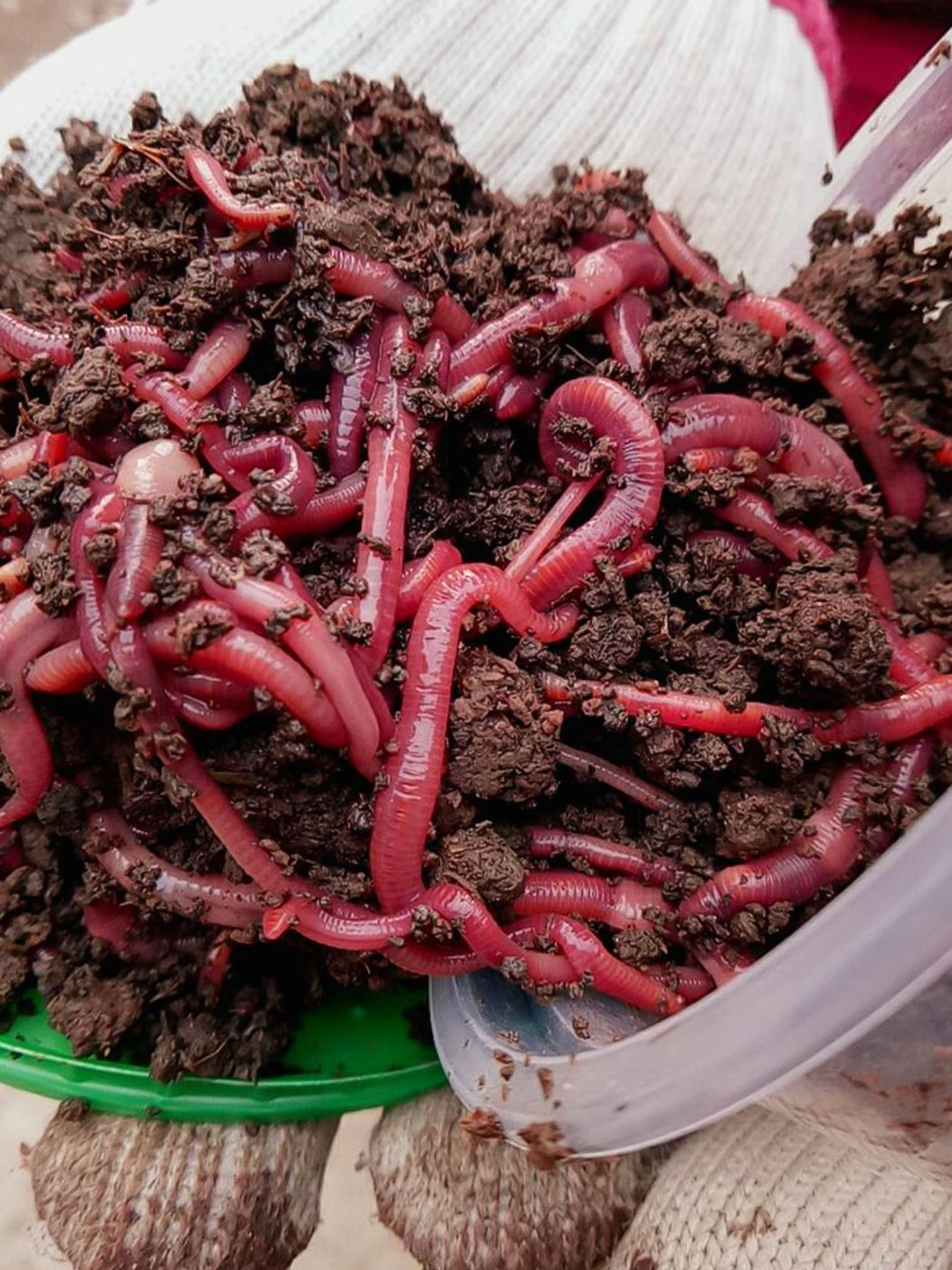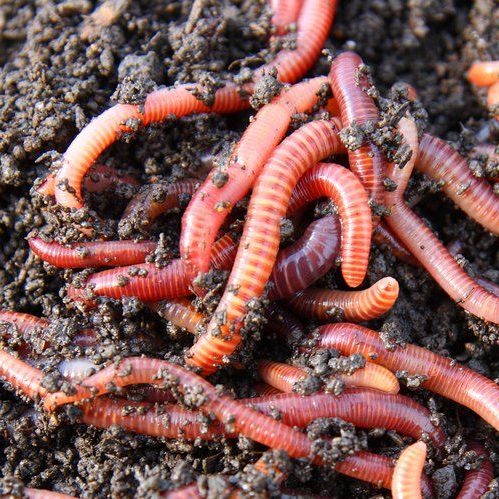Open the Secrets of Red Wigglers: Your Overview to Composting Success
The integration of red wigglers right into composting techniques provides a substantial chance for boosting soil wellness and advertising sustainability. These microorganisms are not simply reliable recyclers of natural waste; they supply a myriad of advantages that can change garden monitoring. Recognizing their needs and behaviors is crucial for optimizing their capacity, from establishing up a proper worm bin to feeding them the appropriate materials. As we check out the necessary components of effective vermicomposting, one may question just how these tiny creatures can cause an extra vibrant and effective garden ecological community.

What Are Red Wigglers?
(Red Wiggler Express)Red wigglers, scientifically called Eisenia fetida, are a types of earthworm largely made use of in composting as a result of their exceptional capability to decompose raw material successfully. These worms are identified by their reddish-brown pigmentation and a segmented body, generally measuring in between 3 to 4 inches in size. Unlike other earthworm varieties, red wigglers grow in rich, natural environments, making them optimal for vermicomposting systems.
Belonging To North America, they are often discovered in decomposing leaves and compost heap, where they play an important duty in nutrient recycling. Their adjustment to living in a moist, cardiovascular setting enables them to take in huge amounts of natural waste, breaking it down right into nutrient-rich spreadings that improve soil health.
Red wigglers reproduce swiftly, with a solitary worm efficient in creating several cocoons every week, each containing numerous hatchlings. This quick recreation rate contributes to their performance in composting operations. They choose temperature levels between 60 ° F and 80 ° F, and their task degree raises considerably within this variety, more aiding in the decay process. Comprehending the biology and habits of red wigglers is vital for optimizing their capacity in composting applications.
Benefits of Making Use Of Red Wigglers
Harnessing the power of red wigglers in composting uses many benefits that boost soil health and advertise lasting waste monitoring. These amazing microorganisms efficiently break down raw material, changing cooking area scraps and yard waste right into nutrient-rich vermicompost. This finished item is remarkably valuable for plant growth, as it enhances dirt structure, increases moisture retention, and improves nutrient accessibility.

(Red Wiggler Express)In addition, the visibility of red wigglers in your composting system can accelerate the composting procedure, producing premium garden compost in a portion of the time contrasted to conventional techniques. The castings created by these worms are likewise bristling with valuable microbes that additionally enrich the soil environment.
Establishing Your Worm Bin
Developing an effective worm container is a straightforward procedure that can significantly improve your composting initiatives. Worm containers can be made from plastic storage space bins, wood boxes, or readily available worm containers.
Following, prepare the bedding product, which serves as the worms' environment. A mix of shredded newspaper, cardboard, and coconut coir works well, providing a comfortable setting for the worms.

Feeding Your Red Wigglers
To guarantee the wellness and productivity of your red wigglers, it is necessary to supply them with a well balanced diet plan that meets their nutritional demands. Red wigglers thrive on a varied array of natural materials, which not just provide essential nutrients but additionally promote reliable composting.
Begin by incorporating cooking area scraps such as vegetable peels, fruit cores, and coffee premises. Prevent citrus fruits, onions, and garlic, as these can be damaging to worm health. In addition, present shredded paper, cardboard, and completely dry leaves to produce a well-aerated atmosphere.
Feeding regularity ought to be kept track of; typically, worms can take in half their body weight in food weekly. It is critical to stay clear of overfeeding, as excess food can bring about undesirable odors and bring in insects. A good method is to include food in little quantities, permitting worms to refine it prior to presenting more.
Preserving wetness levels is also important; the bedding needs to be wet however not soaked. Be certain to routinely inspect the temperature level and pH degrees look at more info of the container to ensure an optimum setting for your red wigglers, ultimately boosting their composting performance.
Harvesting and Utilizing Garden Compost
An effective composting process with red wigglers culminates in the rich, dark garden compost called vermicompost, which can substantially enhance dirt health and plant growth. Gathering this nutrient-dense product typically happens every 3 to six months, depending upon the size of your system and the amount of raw material being processed.
To collect, delicately different the garden compost from the worms and any kind of undecomposed materials. One reliable approach involves moving the materials of the bin to one side and adding fresh bed linen and food to the void, encouraging the worms to migrate. After a few days, the garden compost can be accumulated from the contrary side.
It is necessary to utilize vermicompost appropriately to optimize its benefits. It can be utilized as a leading clothing for yard beds, combined into potting soil, or brewed into a nutrient-rich liquid fertilizer referred to as "worm tea." This application approach assists to supply necessary nutrients directly to plant roots, promoting much healthier growth. By incorporating vermicompost into your horticulture program, you not only reuse natural waste however also develop a flourishing ecosystem that supports sustainable gardening practices.
Final Thought
In recap, red wigglers serve as remarkable allies in composting initiatives, changing natural waste into nutrient-rich vermicompost (Red Wiggler Express). Their one-of-a-kind biological attributes and efficient waste processing abilities contribute dramatically to sustainable gardening techniques. By comprehending the optimal conditions for their habitat, feeding requirements, and compost harvesting strategies, gardeners can improve dirt health and promote plant vitality. Embracing vermicomposting not just minimizes landfill waste but additionally promotes a much more ecologically accountable strategy to horticulture and resource monitoring.